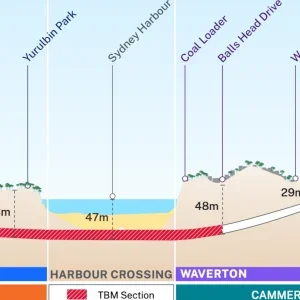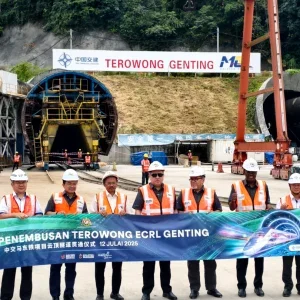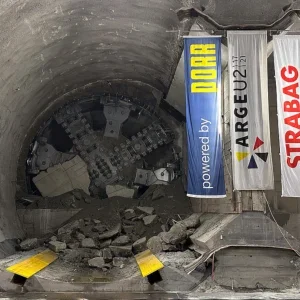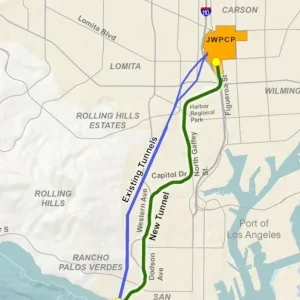Design development for next phase of Copenhagen metro has cut the number of shafts and resulted in shallower construction at some stations.
The client, Metroselskabet, said that it has been decided to drop 15 shafts – three-quarters of the initial total – from the 15km long, twin bore Cityringen project. It said that safety for the metro system would be improved by technology, such as installing sprinklers in trains, and that fewer shafts meant less disruption from construction traffic.
Three of the project’s 17 stations are to constructed at shallower levels than usual in the Danish capital’s metro system, and the possibility of raising a fourth is being investigated. In earlier planning, most stations had platforms at approximately 18m-19m below the surface, and the deepest sites at 24m and 28.5m, respectively.
Metroselskabet declined to give details about the design changes, or whether the project will have two or three civils packages. The call for tenders is to be issued early next month. Bid deadline is mid-2009 for awards in 2010.
Geology along the alignment comprises limestone for much of the route and relatively thicker sand strata for a sizeable section. The project is expected to see both EPB and slurry shields, and earlier this year it was expected that four or five TBMs would be needed.
Cityringen is the fourth phase of the metro’s expansion and is to be operational by 2018. The client has been looking to take on relatively more geological risk than in earlier stages, completed over 2002-7. Consultant for the civil works is a joint venture of Cowi, Arup and Systra (T&TI, July, p7, and p20-23).







